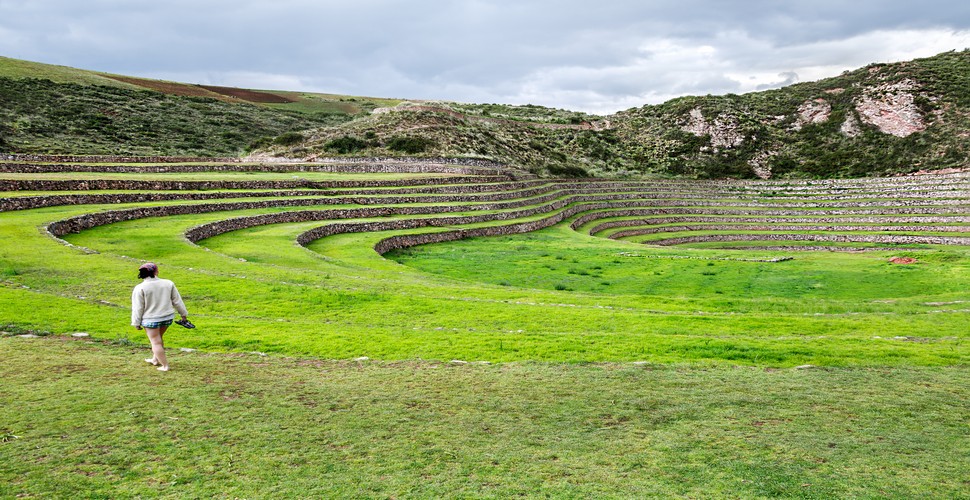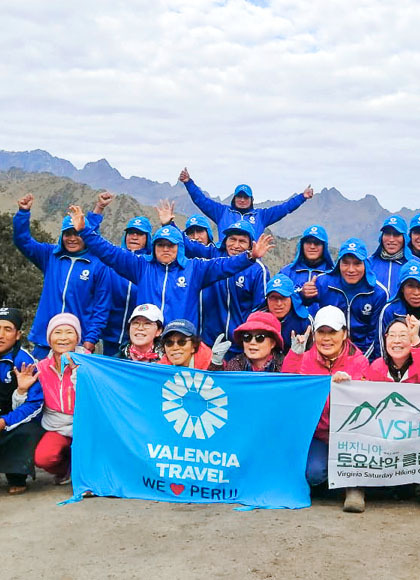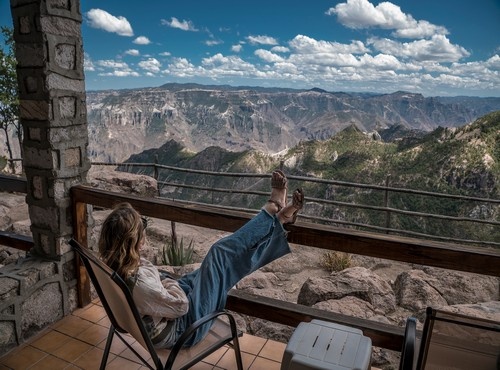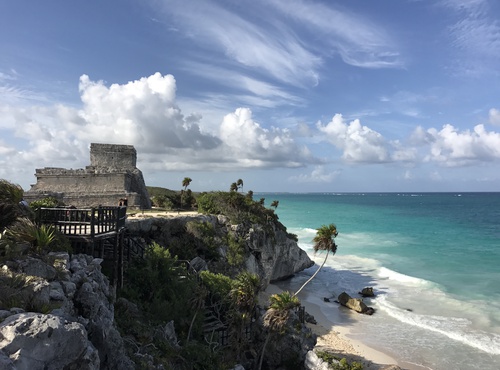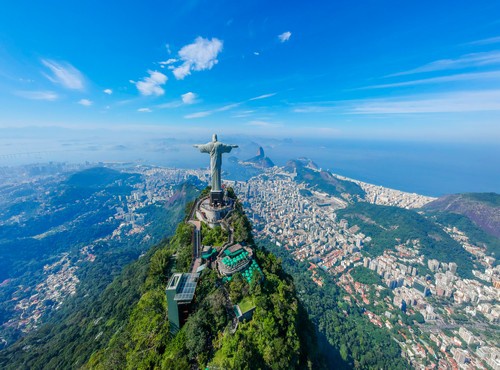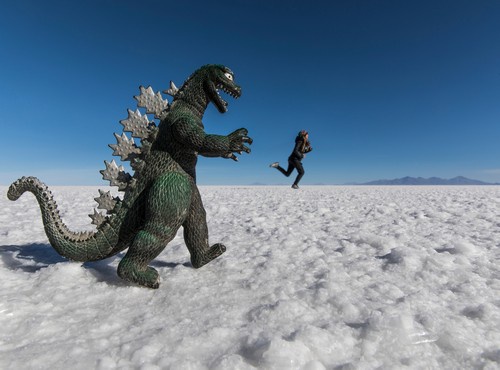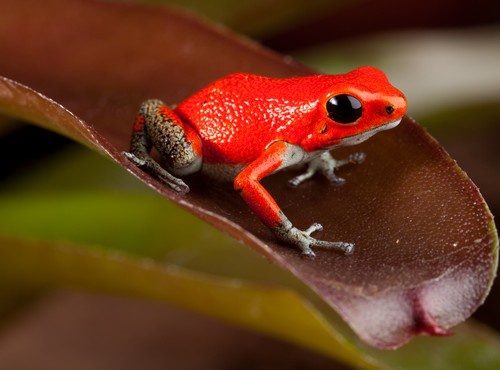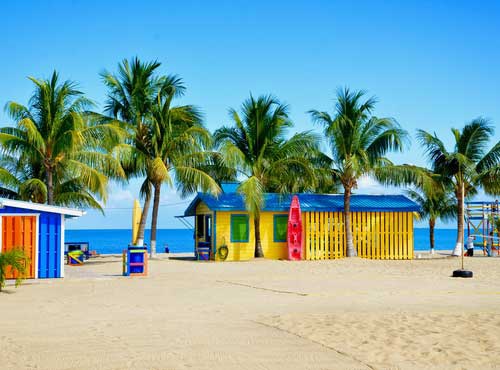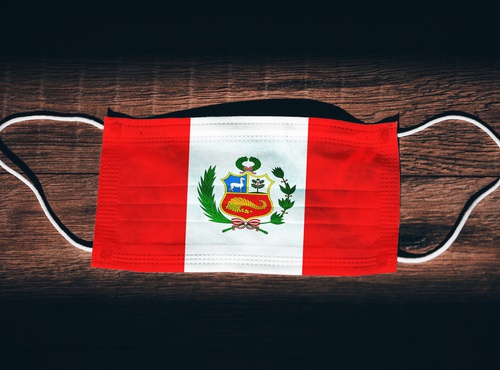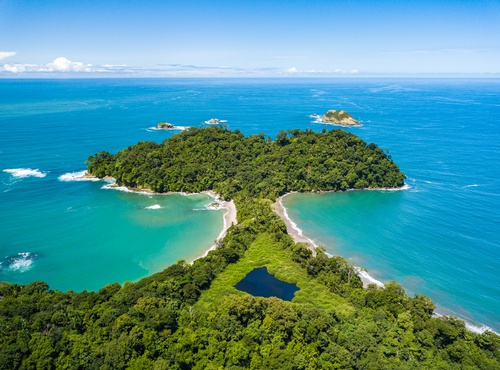
Written by:undefined undefined
Published: 04-07-2024
Maras and Moray Peru, found just outside of Cusco, are two important sights in The Sacred Valley that blend archaeology, history, and different belief systems. These sites thrived in the pre-Inca times and are known for their stunning agricultural terraces and distinctive architectural designs.
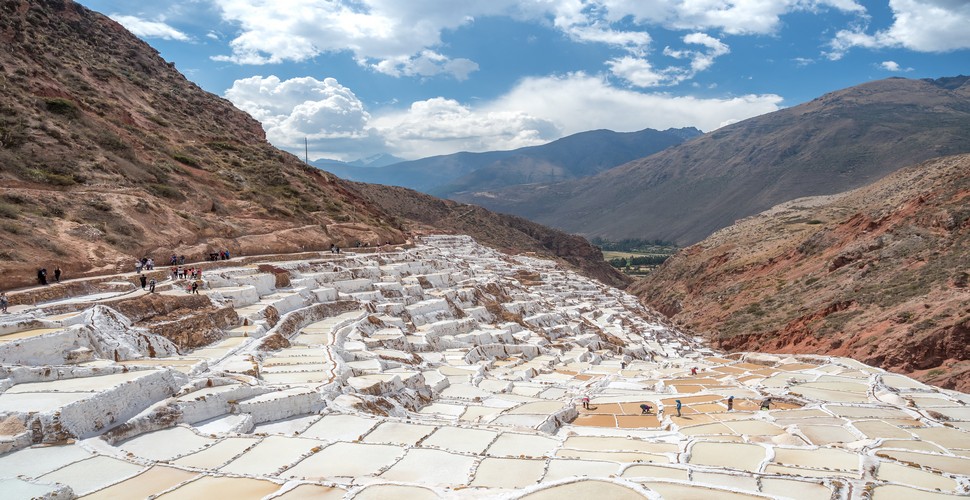
View of Maras Salt Mines, Peru
What Is Maras?
Maras has been an active salt extraction facility since pre-Inca times! It served as an administrative center and commercial exchange point due to its rich salt mines. Throughout Inca times and the later colonial periods, this village was not only at the forefront of the salt trade, the town of Maras also became a strategic meeting place for descendants of the Incas and the Spanish colonists, acting as a link to the Sacred Valley and the Amazon basin. Today, Maras retains its charm through traditional architecture, the fascinating doorways of the buildings, and the ancestral customs, that make the town of Maras a unique destination in the Sacred Valley.
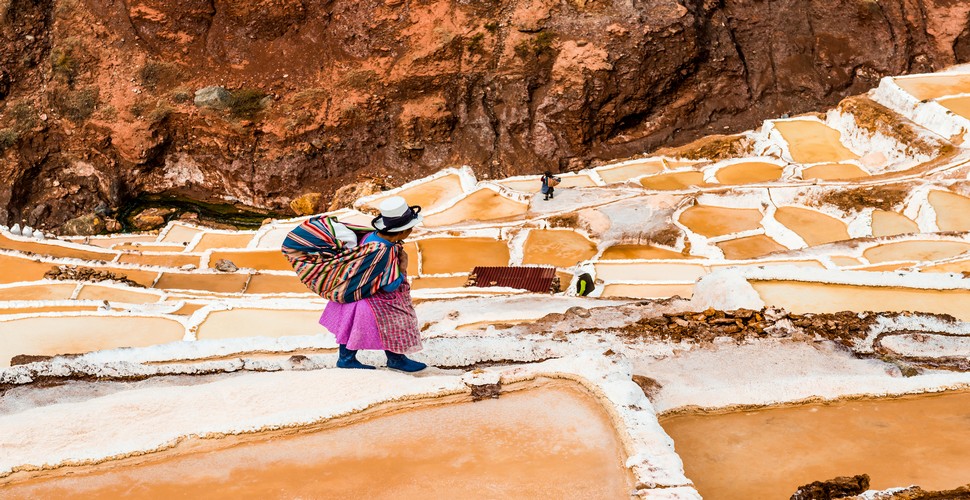
Local Woman Working at Maras Salt Pans
Where are Maras and Moray located?
The Maras salt flats are situated 48 km outside of Cusco in the Urubamba district, and form part of the Chinchero plateau. This area lies on undulating plains with altitudes ranging from 3,384 meters at its highest to 2,810 meters elevation at the lower part in the community of Pichingoto. Maras is located on the Cusco to Urubamba road. You turn off 15 minutes before you reach Urubamba and making it accessible by car, bike, or even ATV!
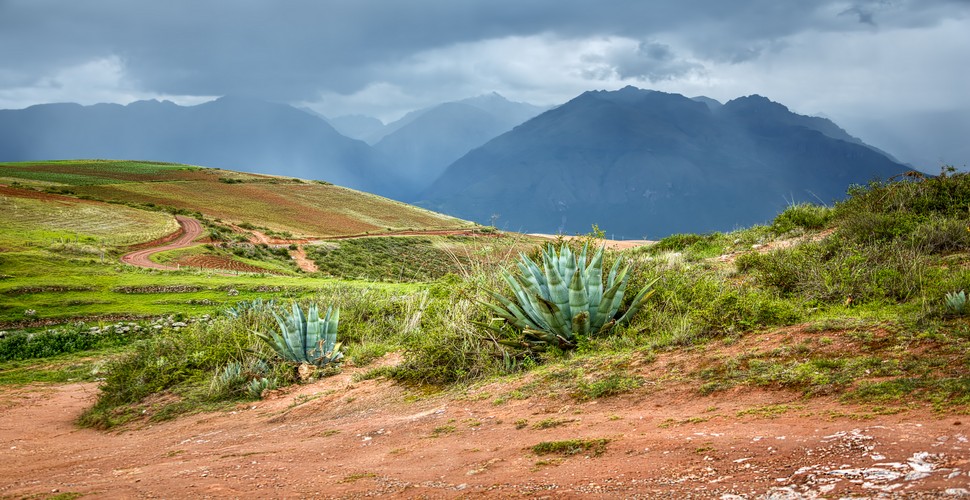
The Road to Maras and Moray
How to visit Maras and Moray in Peru?
To visit Maras and Moray from Cusco, you have a number of different options:
An organized Maras Moray tour.
The easiest way to visit Maras and Moray is on a Maras Moray tour. Many Peru travel agencies offer half-day or full-day trips that include transport from Cusco, a guide, and often other stops at nearby sites like Chincheros, as well as Maras salt mines, Peru, and the Moray terraces. Like this Maras Moray tour from Va Expeditions.
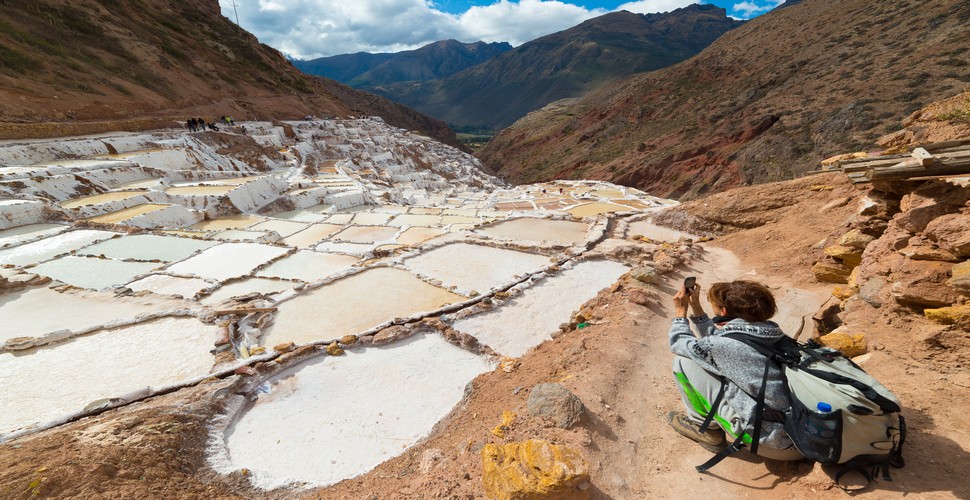
Taking The Perfect Maras Photo!
Public transport and taxi.
You can take a collectivo or bus from Cusco that goes to Urubamba and ask to disembark at the turnoff for Maras. From there, you can hire a local taxi to take you to the stunning sites of Maras and Moray. After the visit, you can then return to the junction once more (book a return taxi) to catch a bus back to Cusco.
Private car
Renting a car in Cusco gives you the flexibility to visit Maras and Moray. This is perfect for those who like to travel at their own pace.
Who were the first people to settle in Maras Moray?
The first inhabitants of Moray and Maras were the Kuyu Suyus and Anarmakas. These ethnic groups appeared during the formative period of Chanapata-Paqal Moqo and the middle of the Wari-Qotakalli civilization. These ancient communities used the site of Aywayro "Cheqoq" as an important religious center.
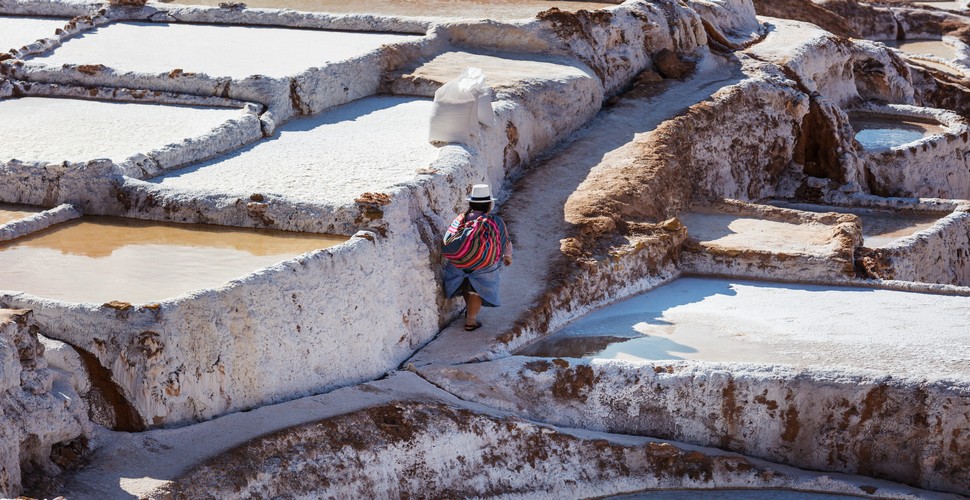
Close up Of The Maras Salt Ponds
The Climate in Maras Moray, Peru.
The weather that you can expect in Maras and Moray is generally mild and dry, with temperatures varying according to the season - Rainy or Dry season.
1. Dry season (April to September): The weather is generally dry, with temperatures reaching up to 21°C.
2. Rainy season (October to March): Sporadic rain showers begin around October and continue until March, with temperatures around 20°C.
The best time to visit Maras and Moray, Peru
The optimum time to visit Maras is during the dry season from May to October. September to April is rainy season when the countryside turns green, which gives a lush panorama of the Andes. These periods are ideal for hiking.
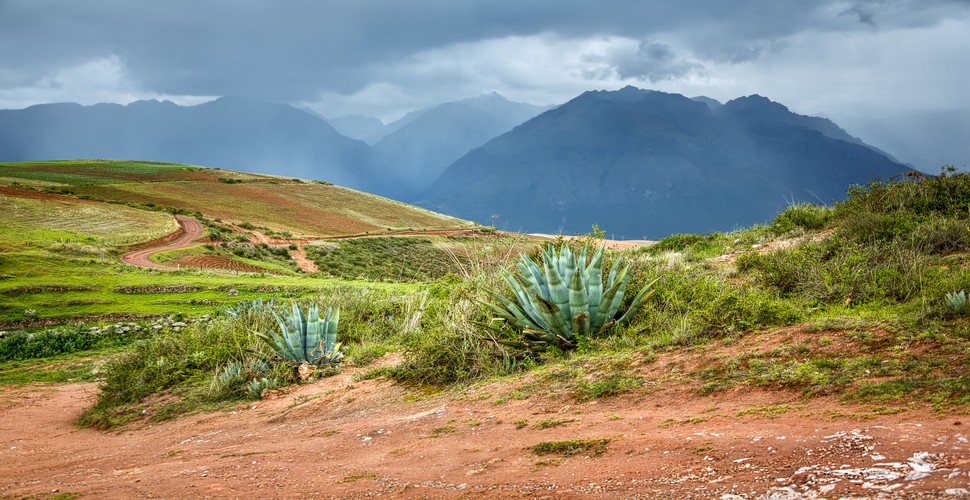
Clouds Forming Over Moray Region
Maras Salt Mines, Peru
The Maras salt extraction ponds, date back to pre-Inca times. There are around 4,000 individual ponds where water from an underground spring is collected. As the strong sun evaporates the water, mineral salt is left behind. This ancient harvesting method is maintained today, allowing us to witness an ancient method still in use today. Maras also serves as the entrance to Moray, another fascinating archaeological site where the Incas built circular terraces at various altitudes. The Moray terraces functioned as a kind of ancient agricultural laboratory.
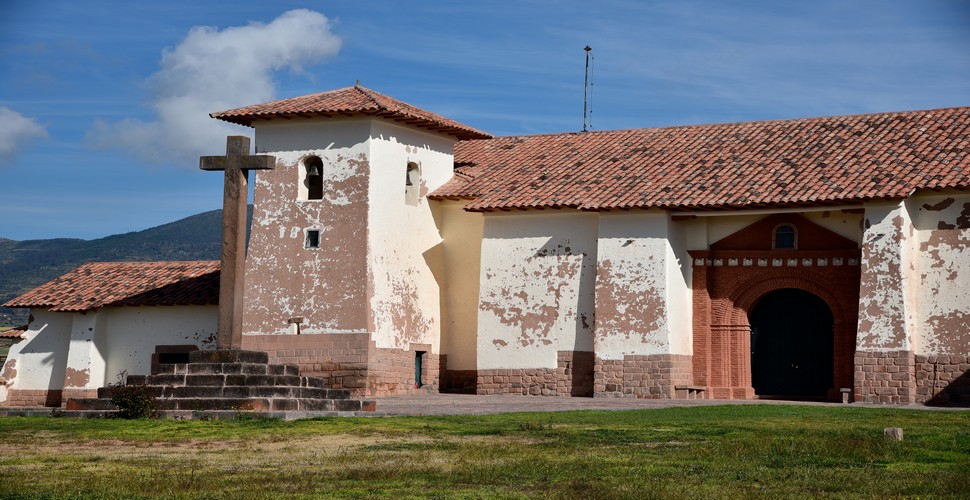
The Church in Maras Village
Where does the Maras Salt go?
Since pre-Inca times, salt has been an important element to trade within the local communities, Amazon jungle communities, the high Andes, and even the central highlands. Today, this product is still exchanged between residents and packaged and sold to visitors.
What materials are used for salt extraction?
For salt extraction, workers use specific natural tools: Eucalyptus boards, known as kisuna or rasponas, measuring between 80 to 50 cm in length and 15 cm in width; metal shovels; and baskets, which are essential for handling the salt.
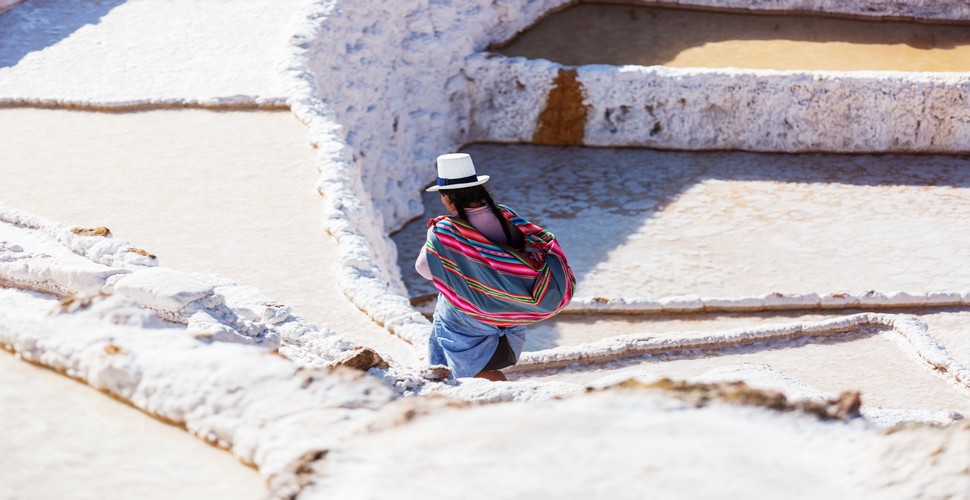
Salt Collection
Maras Salt Mines, Peru
Maras is a small village located in the Sacred Valley of the Incas, near Cusco, Peru. The village is famous for its historic Maras Salt Mines. These salt extraction ponds, date back to pre-Inca times. There are around 4,000 individual ponds where water from an underground spring is collected. As the strong sun evaporates the water, mineral salt is left behind. This ancient harvesting method is maintained today, allowing us to witness an ancient method still in use today. Maras also serves as the entrance to Moray, another fascinating archaeological site where the Incas built circular terraces at various altitudes. The Moray terraces functioned as a kind of ancient agricultural laboratory.
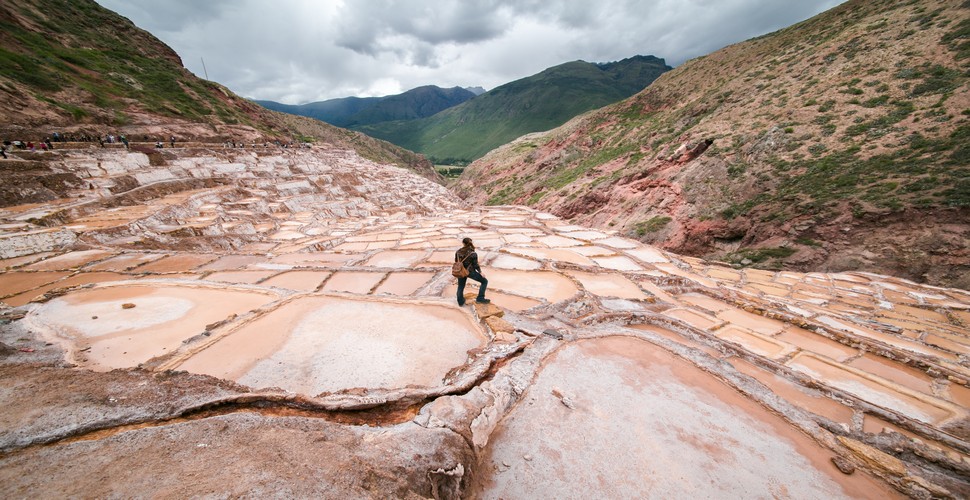
Maras in Rainy season
Moray Terraces
"Moray" is a Quechua Word that some believe comes from "Aymoray," a term referring to the month of May. May is corn harvesting and the beginning of potato dehydration season to produce Moraya. Other theories derive from "Muyu," meaning round, and "Uray," meaning low part, which refers directly to the sunken terraces.
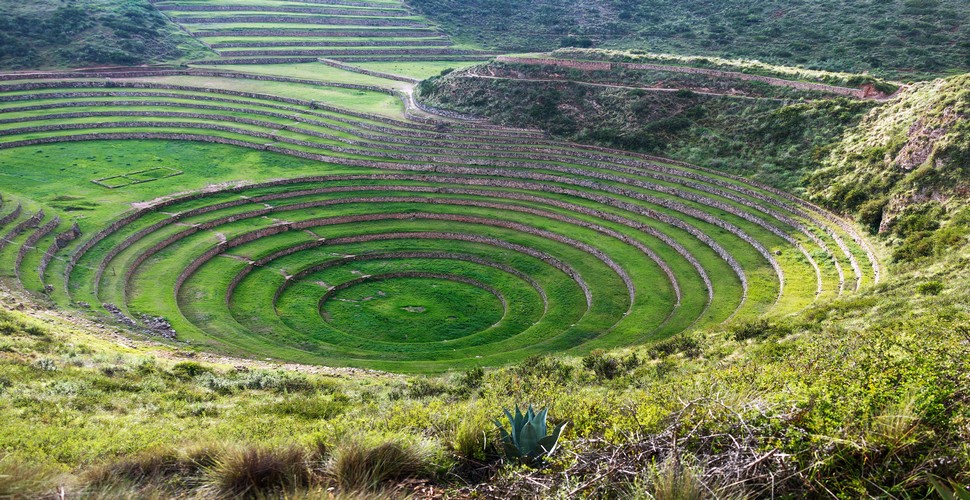
Moray Terraces
History of Moray
The Moray terraces, built during the 15th and 16th centuries, served as their Paqarina under the leadership of Sinche Tocay Capac Inga. The Inca Manco Capac transformed Moray into an agricultural research center that also served as a religious site. When the Spanish arrived in Cusco in 1532, they abandoned Moray, and by 1561, they had incorporated the ite into the land reform. In 1556, the encomendero Pedro Ortiz de Orue founded the village of San Francisco de Maras, turning it into a key point for travelers and traders.
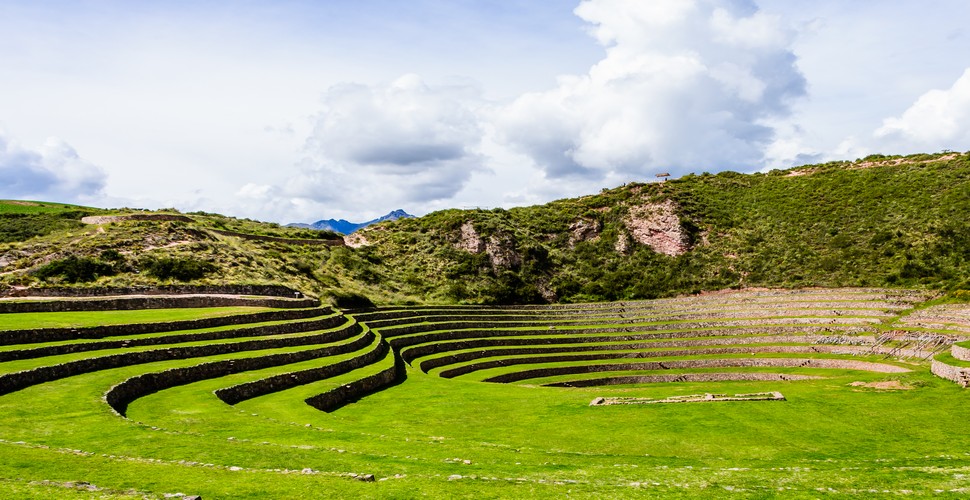
Sunny Moray
When and by whom was Moray discovered?
Moray was rediscovered in 1931 by Americans Robert Shippee and George Johnson, who explored this site flying over the Sacred Valley.
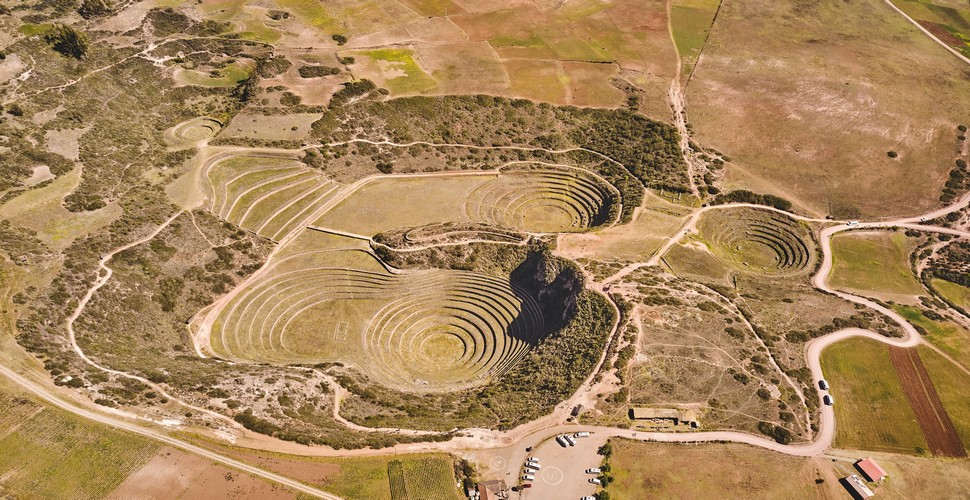
Areal View of Moray in Dry Season
Practical Advice for your Maras Moray Tour
- Make sure you have your Tourist Ticket for the entrance and your ID.
- Walking boots are essential for safely navigating uneven terrain.
- Wear comfortable hiking gear, and bring sunglasses and sunscreen to protect yourself from -the sun and prevent burning.
- A wide-brimmed hat for the intense sun.
- A day pack with a small first-aid kit
- Altitude Medications.
- A refillable water bottle.
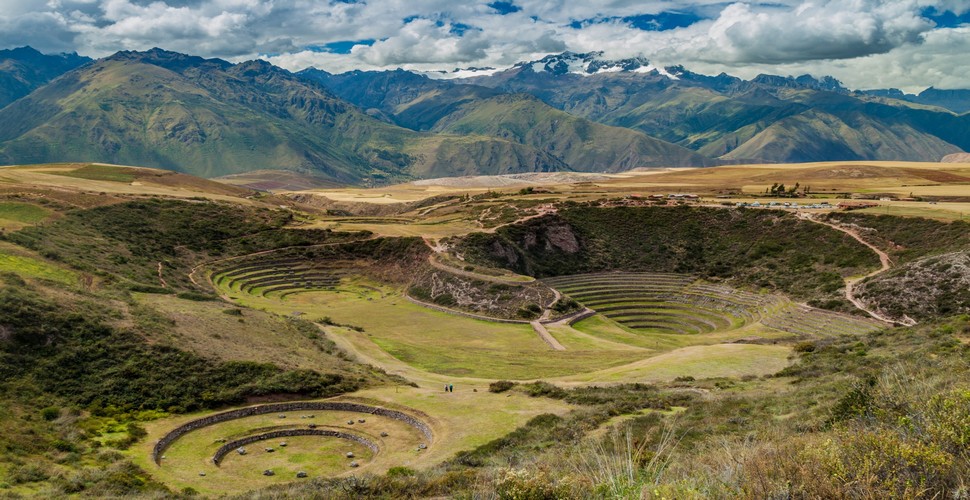
Moray With Mountain Scenery
Maras and Moray are two incredible places to visit in Peru. They are both excellent examples of the architectural and agricultural talents of the Incas. These neighboring sights provide us with fascinating insights into a culture that continues to live in the same way throughout the centuries. From the magnificent circular terraces of Moray to the functioning white salt pans of Maras, both of these ancient Peruvian sights represent the unique symbiosis between the earth and human beings. Book a Maras Moray tour in Peru with Va Expeditions here!
